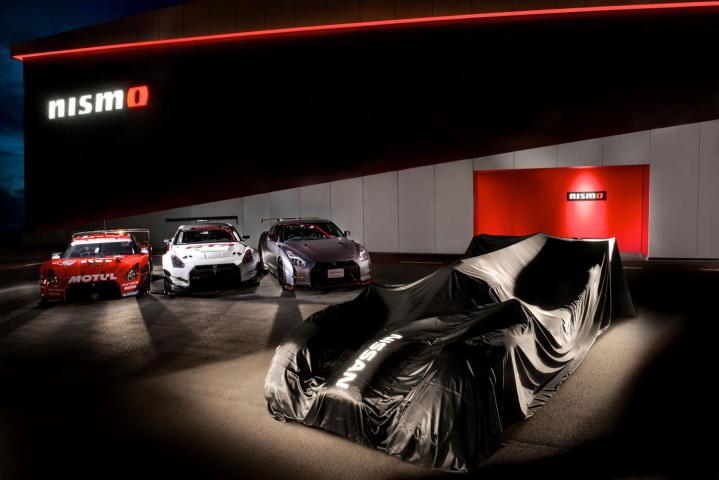
The Nissan ZEOD RC hybrid racer is sure to get plenty attention at the 2014 24 Hours of Le Mans, but the Japanese carmaker has even bigger plans for next year.
Nissan announced that it will challenge Audi, Porsche, and Toyota for the overall win at Le Mans in 2015, as well as the full 2015 FIA World Endurance Championship title.
To do this, Nissan will “unleash the GT-R”, as its press release put it. While cars in the top LMP 1 class don’t bear any resemblance to road-legal models, Nissan will tie its racer, named GT-R LM NISMO, to its performance flagship.
Exactly how Nissan will do this is unclear. It’s likely the GT-R LM NISMO will be a hybrid, like all of its rivals. This could segue into the road-going hybrid powertrain many expect as part of the car’s next generation.
Nissan executive vice president Andy Palmer also noted that the GT-R Le Mans racer will look different than its competitors.
“We won’t be turning up in a vehicle that is basically another hybrid that looks like another Porsche, Audi, or Toyota – they all look the same to me,” Palmer, who first hinted at the car’s existence back in December, said.
That means Nissan could imbue the racer with some styling elements from the GT-R road car, although regulations and engineering considerations will likely govern the majority of the car’s design.
Unlike road cars, LMP 1 prototypes have to place functionality first; the “styling” is largely determined by things like aerodynamics and packaging considerations.
Unlike Porsche and Toyota – which made much-publicized comebacks after long absences from the Circuit de La Sarthe – Nissan has been heavily involved in Le Mans recently.
In addition to building engines for second-tier LMP2 cars, the company helped inaugurate the “Garage 56” program for experimental cars with the DeltaWing in 2012.
Garage 56 is a special slot in the fuel reserved for a non-competitive car that demonstrates new technology. This year, that car will be the Nissan ZEOD RC.
Powered by a 1.5-liter three-cylinder engine and electric motor, the ZEOD is expected to complete the first all-electric lap in Le Mans history during the 2014 race.
Editors' Recommendations
- Nissan used its car seat design experience to create these cool gaming chairs
- Audi R8 not hardcore enough for you? Check out the LMS GT2 race car
- After years of Le Mans misfortune, Toyota becomes impossible to beat
- Ford says au revoir to the 24 Hours of Le Mans with retro GT liveries


